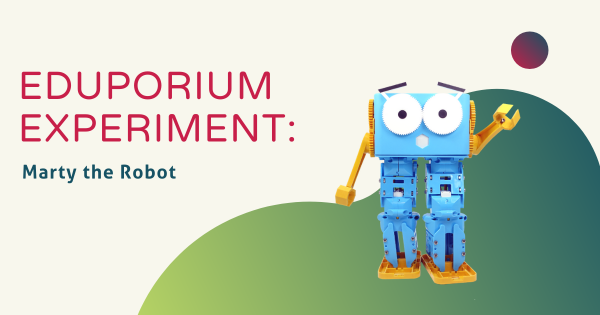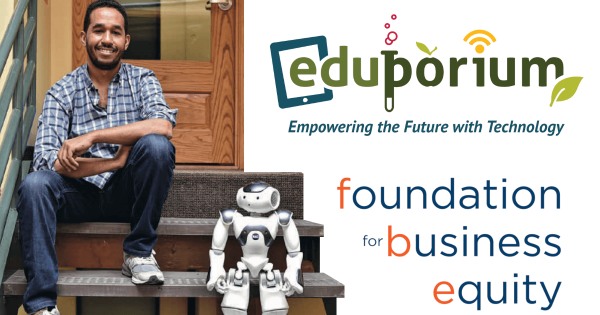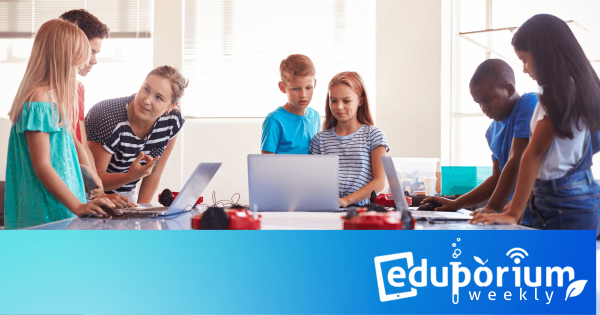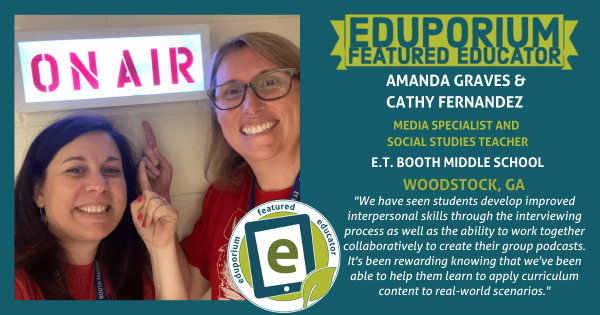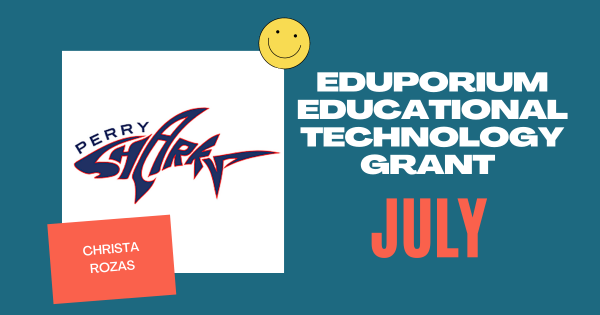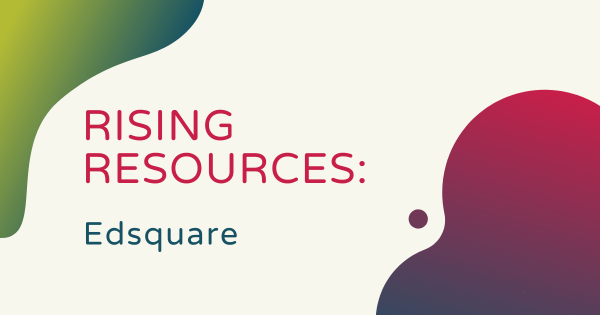Whether new to robotics or simply eyeing a new challenge, Marty can be used in all types of STEAM lessons, including both individually and collaboratively. With the Marty, students can learn all sorts of STEAM concepts, like electronics, mechanical engineering, and even some of the more advanced coding languages!
Andy Larmand
-
Tips & Tricks | Getting Started with the Sphero Mini
Using this tiny tool, students can start to learn all about computer science concepts and even drive the robot using their facial expressions. It’s a great option for getting started with robotics in the classroom and offers a smooth initial experience for coding during the school day or in an afterschool robotics club. Keep reading to learn more about it! -
Eduporium Receives Funding From The Boston Foundation
Eduporium, a STEM education reseller and start-up in Newton, MA, has received capital from The Boston Foundation. Since applying for the funding about 18 months ago, the final pieces have been put in place to provide the company with additional capital after working with two advisers for a year-long period as part of the Business Equity Initiative. -
Eduporium Weekly | It's Not that Hard to Teach Soft Skills
The hands-on, physical skills students build through experiences are commonly referred to as hard skills and they’re certainly valuable to their futures. What about soft skills, though? What are they, why are they so widely talked about, and what can K-12 teachers do to help make sure their students develop these beneficial skills, too? -
Eduporium Weekly | SEL and Learning Loss
According to the broad acceptance of how learning loss is defined, a large percentage of students will be affected. In order to begin truly addressing this gap, however, teachers might be better off starting with SEL to allow students the chance to adjust and process emotions. From there, they can get in better position to address academics. -
Featured Educators: Amanda Graves and Cathy Fernandez
Amanda and Cathy each work at the E.T. Booth Middle School in the Cherokee County School District (GA). They work together in a number of creative ways to help empower students to create technology projects, specifically with podcasting. Despite facing some challenges, this pair of educators has found some inspiring ways of using EdTech tools! -
July EdTech Grant Awarded to Boston School's Christa Rozas
This month, we’ve presented our EdTech grant to Christa Rozas from Boston Public Schools! Christa is a teacher at the Perry K-6 School in the South Boston neighborhood and a big advocate of introducing computer science early. Her school is also very diverse and she’s done a lot to ensure that all her students have access to STEM opportunities. -
Rising Resources | Learning Data Science with Edsquare
The courses within Edsquare are designed largely for students. As they say, however, teachers can also feel free to try them. There are a lot of opportunities for them to learn about contemporary skills and developing technologies. At the moment, there are two main courses available on the Edsquare platform, focusing on AI and its role in machine learning. -
Eduporium Weekly | STEM Statistics to Monitor
The world isn’t getting any less advanced and that means, as time goes on, jobs will continue to be created in STEM fields and require technical proficiencies. It’s estimated that, by 2025, there could be as many as 3.5 million open STEM jobs. When it comes to STEM statistics, there’s so much we can learn about the current state of -
Tips & Tricks | The Sphero indi for Screenless Coding
While not quite ready to ship to educators, the Sphero indi robot will be impactful. Seeing a need for coding in early education, the Sphero team designed the indi to provide that option. The indi is perfect for students from ages 4-7 and provides them with hugely beneficial opportunities for screenless coding and learning.



